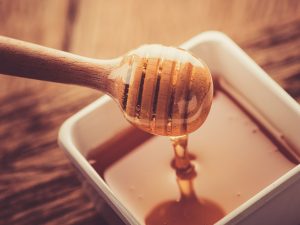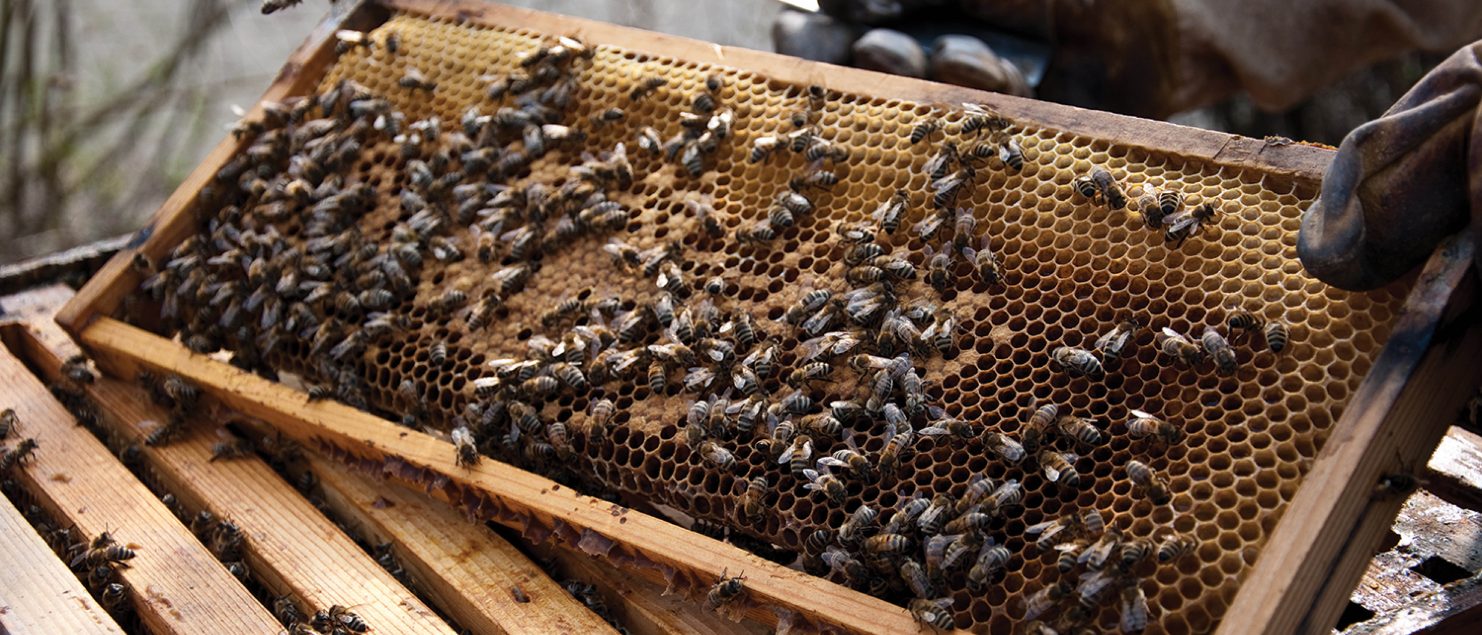Honey Screening: Improving Quality of Imported and Exported Honey
Due to differing laws and regulations across the globe, honey screening is highly important to check for antimicrobial and pesticide residues in honey products crossing country boarders. Regulations and maximum residue levels (MRLs) also frequently change, requiring close monitoring.
Screening Honey Exports and Imports
Screening honey for export will allow you to ensure that your product meets the regulated quality standards required before it even leaves your facilities. This will flag any products which excel the maximum residue limit requirements of the destination country and prevent them from entering the market, reducing economic loss.
For example, when exporting to Europe you must ensure that honey does not contain banned pesticides such as Clothianidin, Imidacloprid and Thiamethoxam. The use of such pesticides in farming has been linked to bee colonies decreases, also known as Colony Collapse Disorder (CCD).
If you are an importer of honey, you may also want to check that the product you are receiving meets the regulations in your country, as you may be importing honey from a country with lax regulations into a country with strict regulations.
Screening both imported and exported honey can reduce economic losses such as:
- Boarder rejections
- Product destructions at boarders
- Product recalls

Randox Food Diagnostics
Randox Food Diagnostics have developed a range of both Antimicrobial and Pesticide Arrays which detect incredibly low residue levels in honey. Using our honey screening arrays, you can ensure your honey is safe for consumption and that it meets international and global standards and regulations to ensure the highest honey quality. Our arrays allow you to screen for both regulated and prohibited antibiotics such as Chloramphenicol, Dapsone and Furazolidone (AOZ).
For more information on our honey screening products click here, or email us at info@randoxfood.com
